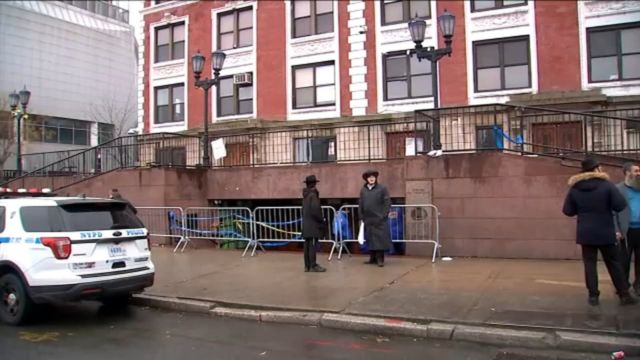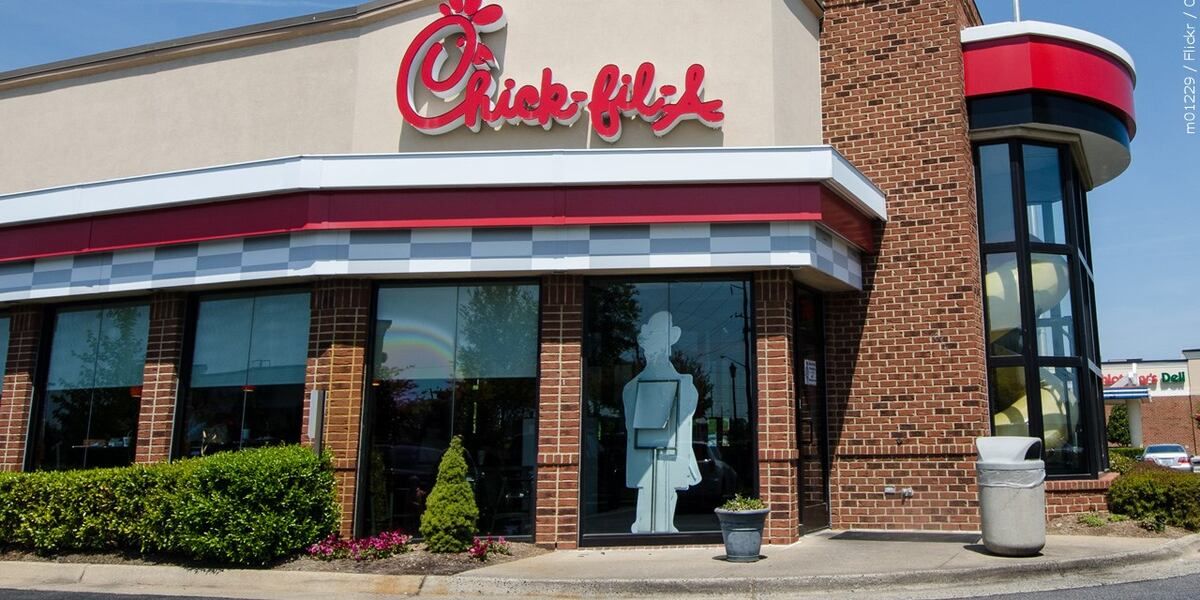A recent incident at the Chabad Lubavitch headquarters in Brooklyn, New York, has brought to light a hidden underground tunnel, leading to multiple arrests and exposing deep-rooted internal conflicts within the Jewish community. This event marks a significant moment in the history of the Chabad movement, reflecting the complexities of religious expression, authority, and community dynamics.
The Discovery of the Tunnel
The Chabad Lubavitch headquarters, located at 770 Eastern Parkway, became the epicenter of a major controversy when a secret tunnel was discovered underneath its premises. This tunnel, measuring approximately 60 feet long, 8 feet wide, and 5 feet high, was found in the basement of a single-story building behind the main synagogue.
Its construction, which involved creating openings in basement walls and lacked proper authorization and permits, posed significant safety concerns.
The Arrests and Charges
The discovery of the tunnel led to the arrest of several individuals, primarily students associated with the Chabad movement. They faced charges including criminal mischief, reckless endangerment, and attempted hate crimes. This incident saw intense interactions between the protestors and law enforcement, culminating in police action to detain the individuals involved.
Internal Disputes within the Chabad Movement
The incident at Chabad Lubavitch headquarters is not an isolated case but is deeply intertwined with longstanding internal disputes within the Jewish community. For decades, the Chabad Lubavitch movement and a sect of Messianic Chasidim have been embroiled in a legal battle over the ownership of the 770 Eastern Parkway building.
The Messianic Chasidim, who believe in the Messiahship of the late Rabbi Menachem Mendel Schneerson, have refused to relinquish their claim to what they consider a sacred site, despite a 2006 lawsuit ruling in favor of Chabad’s full ownership.
The Role of the Messianic Movement
The construction of the tunnel is believed to be the work of a group of yeshiva students associated with the messianic movement. These students, reportedly attempting to gain unauthorized access to the building, dug the tunnel connecting the synagogue with an unused mikvah. Their actions, characterized as vandalism by Chabad leaders, have been condemned by the broader Jewish community.
Community Reaction and Aftermath
The Chabad community has expressed deep anguish over the incident, with leaders condemning the vandalism and disruption caused by the construction of the tunnel. Efforts are underway to restore the sanctity and integrity of the synagogue, with Chabad spokespersons coordinating with authorities to address the damage and ensure public safety.
Conclusion
The uncovering of the hidden tunnel at the Chabad Lubavitch headquarters is a significant event that sheds light on the intricate dynamics within the Jewish community. It highlights the challenges faced by religious movements in balancing tradition, modernity, and internal conflicts.
As the Chabad movement works towards healing and reconciliation, this incident serves as a poignant reminder of the complexities inherent in managing religious and communal spaces in contemporary society




